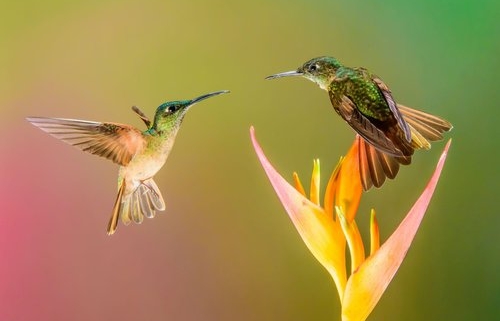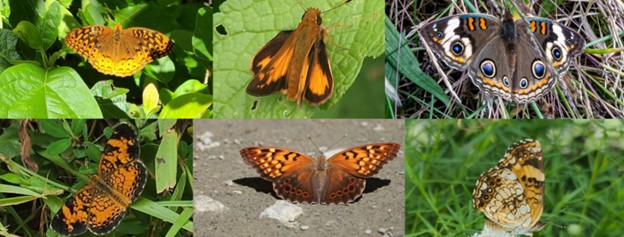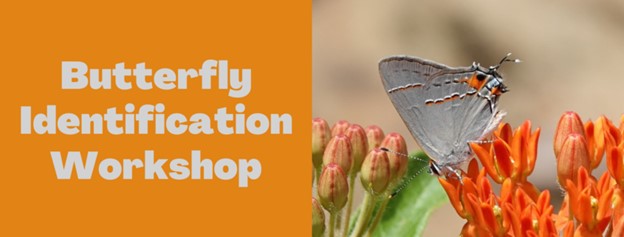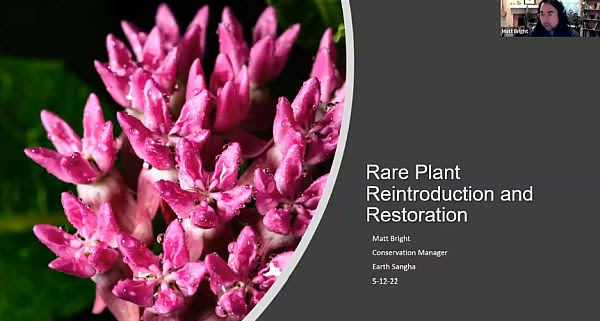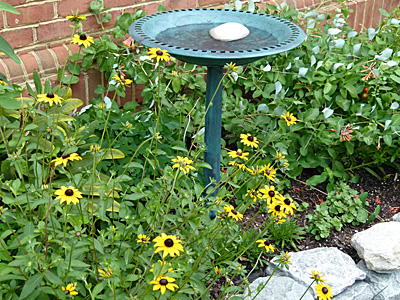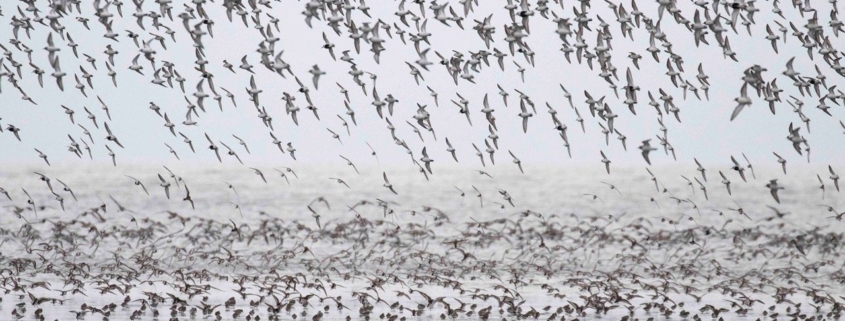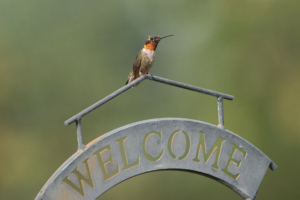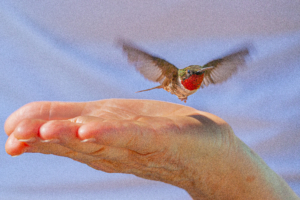“How do Birds get their Colors?” webinar with Ivan Phillipsen, July 14th
Photo: Andrean Emerald Humminbirds, Ly Dang/Audubon Photography Awards
Thursday, July 14, 2022
7 pm
ASNV members $15, nonmembers $25
Register here.
One of the things most loved about birds is their wild array of plumage colors and patterns. Where does all that color come from? In this presentation, you’ll learn how pigments and microscopic structures in feathers create the kaleidoscope of beauty we find in the avian world. Topics covered include iridescence, molting and feather wear, the evolution of feather color, and the functions of feather colors. Audubon Society of Northern Virginia presents.
Ivan Phillipsen is a professional naturalist guide with a background in scientific research. Amphibians and reptiles were his first obsession as a kid. He eventually earned a PhD in Zoology, working in the field of conservation genetics. Ivan’s love of nature has expanded to include plants, fungi, and all animals, including birds. Birds have become his greatest passion. He’s an avid birder, hosts The Science of Birds podcast, and co-owns a birding ecotour company.


